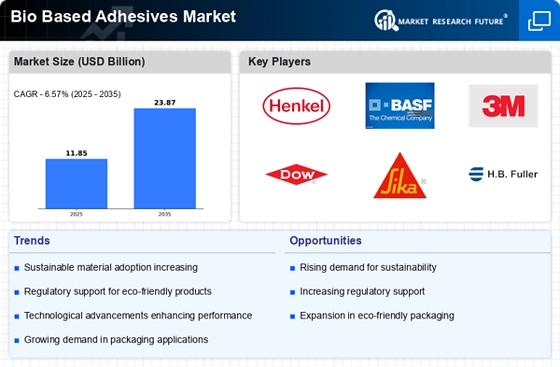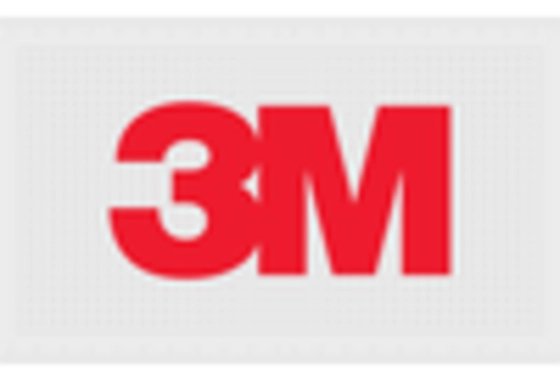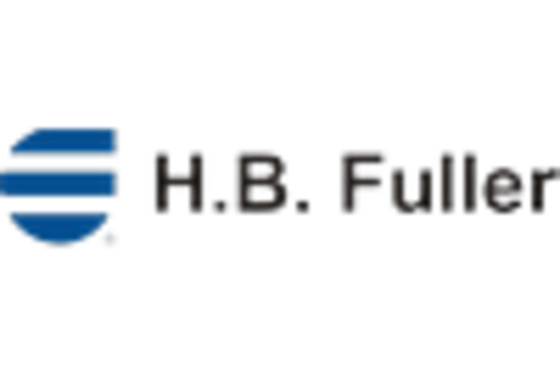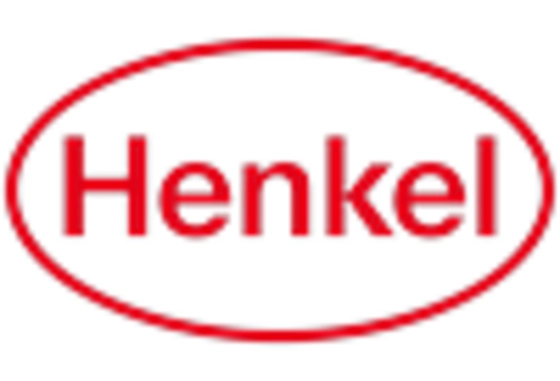Regulatory Frameworks
Regulatory frameworks promoting the use of bio-based materials significantly influence the Bio Based Adhesives Market. Governments worldwide are implementing stringent regulations aimed at reducing carbon footprints and promoting sustainable practices. These regulations often incentivize the use of bio-based adhesives, making them more attractive to manufacturers. For instance, policies that encourage the use of renewable resources in production processes are likely to boost the adoption of bio-based adhesives. The market is expected to witness a surge in demand as companies strive to comply with these regulations while also appealing to environmentally conscious consumers. This regulatory support is crucial for the growth trajectory of the Bio Based Adhesives Market.
Technological Innovations
Technological innovations play a pivotal role in shaping the Bio Based Adhesives Market. Advances in material science and adhesive formulations have led to the development of high-performance bio-based adhesives that meet the stringent requirements of various applications. Innovations such as improved bonding strength, faster curing times, and enhanced durability are making bio-based adhesives more competitive against traditional options. The introduction of new manufacturing processes, such as bio-refining and fermentation technologies, is also contributing to the cost-effectiveness of bio-based adhesives. As these technologies continue to evolve, they are likely to expand the application range of bio-based adhesives, thereby driving market growth. The Bio Based Adhesives Market stands to benefit significantly from these advancements.
Sustainability Initiatives
The increasing emphasis on sustainability initiatives is a primary driver for the Bio Based Adhesives Market. As consumers and businesses alike become more environmentally conscious, the demand for eco-friendly products rises. Bio-based adhesives, derived from renewable resources, align with these sustainability goals. According to recent data, the market for bio-based adhesives is projected to grow at a compound annual growth rate of approximately 10% over the next five years. This growth is fueled by industries such as packaging, automotive, and construction, which are actively seeking alternatives to traditional petroleum-based adhesives. The shift towards sustainable practices not only enhances brand reputation but also meets regulatory requirements, further propelling the Bio Based Adhesives Market.
Expansion of End-Use Industries
The expansion of end-use industries is a crucial driver for the Bio Based Adhesives Market. Sectors such as automotive, construction, and packaging are experiencing robust growth, leading to an increased demand for adhesives. As these industries evolve, there is a growing preference for bio-based adhesives due to their environmental benefits and performance characteristics. For instance, the automotive industry is increasingly adopting bio-based adhesives for lightweight applications, which contribute to fuel efficiency. Similarly, the construction sector is utilizing these adhesives for sustainable building practices. The projected growth in these end-use industries is expected to significantly boost the demand for bio-based adhesives, thereby propelling the Bio Based Adhesives Market forward.
Consumer Demand for Eco-Friendly Products
The rising consumer demand for eco-friendly products is a significant driver for the Bio Based Adhesives Market. As awareness of environmental issues increases, consumers are actively seeking products that are sustainable and have a lower environmental impact. This trend is particularly evident in sectors such as packaging, where companies are increasingly adopting bio-based adhesives to meet consumer preferences. Market Research Future indicates that a substantial percentage of consumers are willing to pay a premium for products that are environmentally friendly. This shift in consumer behavior is compelling manufacturers to innovate and incorporate bio-based adhesives into their product lines, thereby enhancing the overall growth of the Bio Based Adhesives Market.

















Leave a Comment